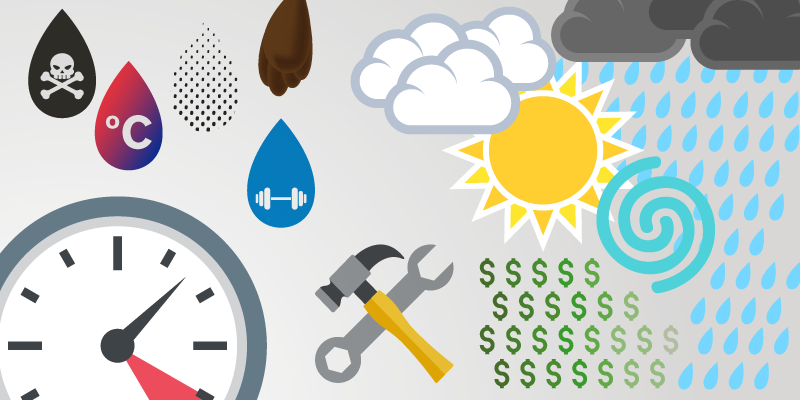Are you looking to select a pump for your operations? Or maybe you’re a Pump Reseller looking for some top tips?
Whether you’re the owner operator, or purchasing on behalf of a client, the following considerations should be top of your list, no matter the application.
Not only will these considerations save you money in the long run, they’ll ensure you or your client are effectively achieving maximum output.

Fluid characteristics
The properties of the fluid can affect the choice of pumps. Maintenance and engineering teams should ensure the following elements are considered and discussed when choosing the optimal pump system for their site:
Acidity/alkalinity and chemical composition: Corrosive characteristics can degrade and damage pumps and their components. Therefore, the materials of construction should be able to handle the acidity of the media being pumped.
Operating temperature: Some pump parts can be affected if the pumped fluid is extremely high or incompatible. Therefore, it is crucial that the operating temperature is known when deciding on the materials and components of your pump.
Solids concentration and particle size: If you are pumping an abrasive liquid, such as an industrial slurry, it’s crucial that the pump does not clog or fail due to the particle size. It is important to ensure pump components, like impellers, can withstand the particle size and hardness.
Specific gravity: This affects the energy required to lift and move the fluid and must be considered when determining the pump power requirements.
Viscosity: The viscosity of the fluid at the lowest anticipated pumping temperature must be known, as it can result in reduced pump performance and increased power requirements. It is also important to consider the friction line losses when pumping viscous media.
Flow rate and head
When selecting a pump for applications, the required flow rate and head are parameters that are required in order to start making a pump selection. Where are you pumping from? Where are you pumping to? How fast do you need to move the medium?
Selecting a pump without this information may lead to over- or under-compensating.
Environmental considerations
Besides the pump specifics, it’s important to note the environment the pump will be in. This includes the ambient temperature and humidity, also note to the supplier if the pump will be installed indoors or outdoors.
Long-term optimisation
It’s important to consider the long-term costs associated with purchasing your pumping systems. Long-term costs, such as energy and maintenance are generally not considered, and equate for close to 90% of the life cycle costs of the pump - as the initial cost is only 10%. A focus on the upfront cost can lead to poor and inadequate pump selection. If your pump is under-sized for the application, it will draw more energy or suffer premature failure. Therefore, effort put in during the selection process can ensure the pump chosen is fit-for-purpose.
Considering the long-term effects of the pump purchase can ensure your customer is satisfied with the selection made. Happy customer, happy life!
Want to learn more about selecting a pump? Or maybe you’re ready to chat to an expert? Get in touch with Global Pumps today! Our team can advise of best practice, discuss your application and ensure your pump selection is fit-for-purpose!

